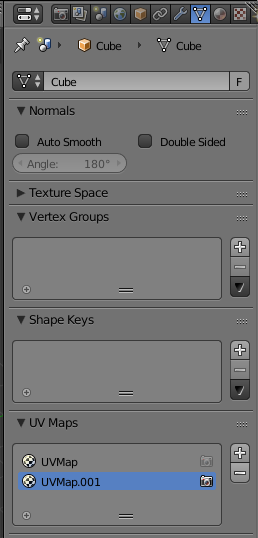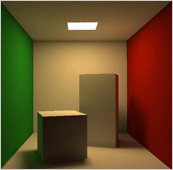[quote=“globus”]I think, Urho3D needed full support Shadowmapping
The target of this metod is Optimization for performance.
Calculate shadows in real time is hard for devices.
FPS drop down.
But, precalculated in any 3D editor shadows may be
very best (than realtime shadows)
Good way is use shadowmap for all static objects
and realtime shadows for dinamic objects.
But, some static objects also needed drop shadows on dinamic objects.
In this case, level developer needed set flags for scene objects
(object can take or drop shadows on\form dinamic\static objects.
Select objects\lights by type or directly)
Also, you can use low poly invisible model for calculating shadows
(may be LOD model).
If you don’t have plan use changes of shadows from level to level,
in this case you don’t need 2 UV and baking shadows directly to texture.
Sorry, it’s just a thought.[/quote]
I think this is a good idea but not particular in Blender of course, as there are many tools out there that are better or on par with Blender.
+1000000 for the dynamic shadowmapping mixed with lightmaps (shader) or the latter bake to texture option, I think this should be the next step for Urho3D to at least stay updated with current game engines, particularly the engine being cross-platform and on mobile where memory and resources needs to be optimized and at the same time not sacrificing visual quality.








